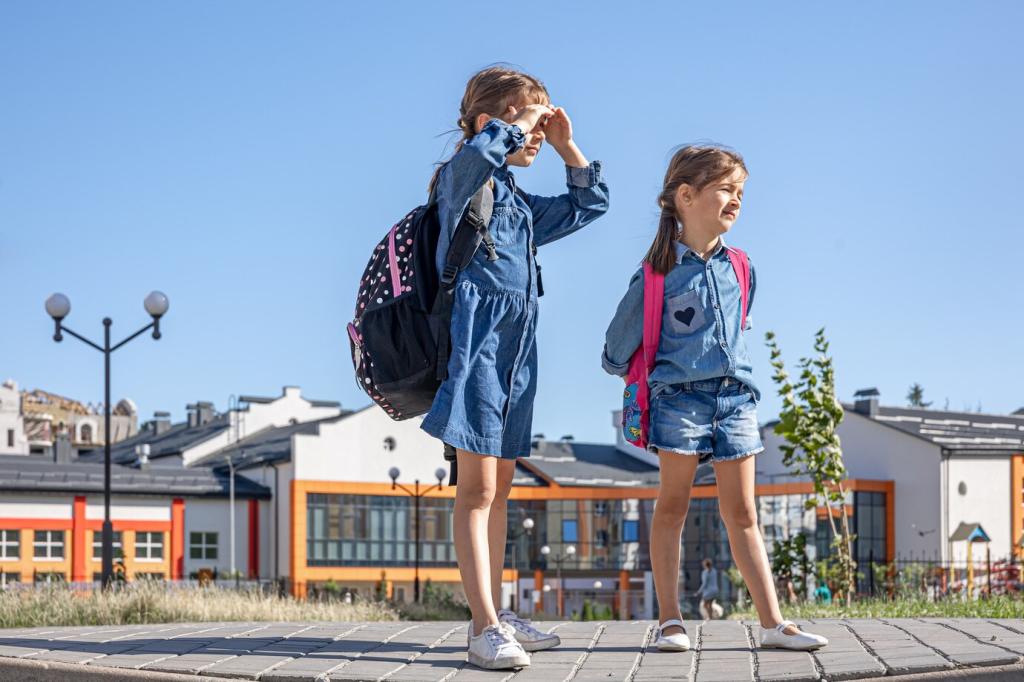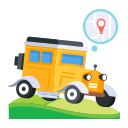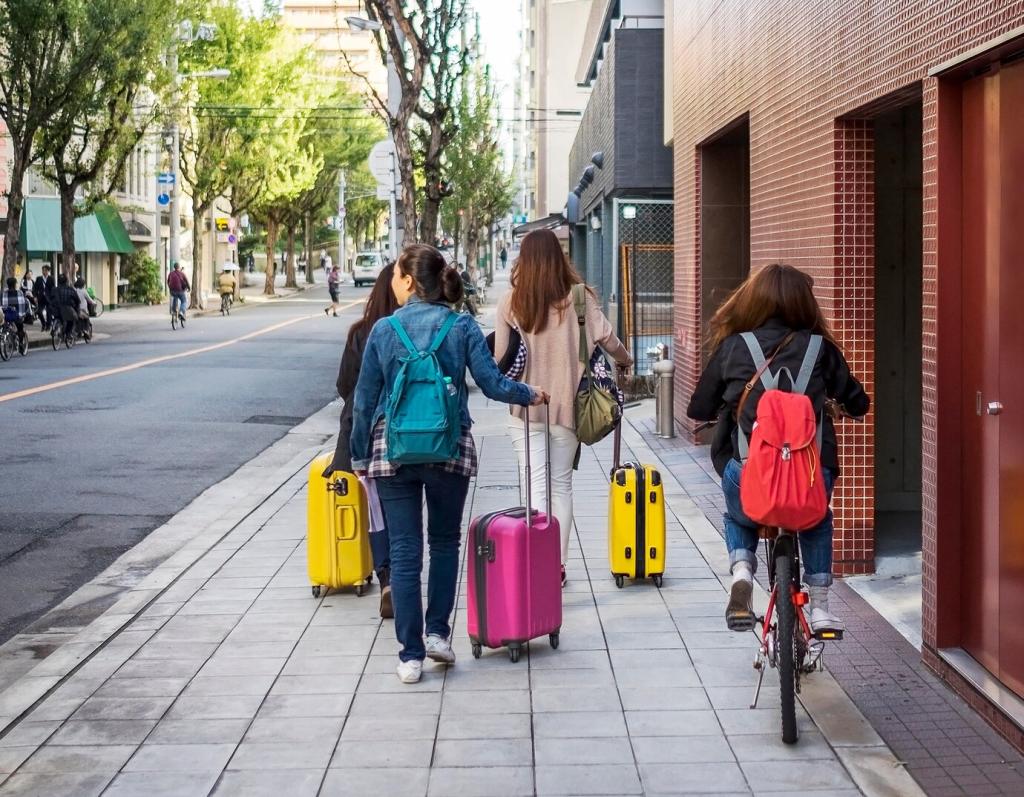
Plan to Learn: Educational Travel Planning Tips
Chosen theme: Educational Travel Planning Tips. Welcome! This is your friendly launchpad for designing journeys that teach as much as they thrill. Dive in for practical frameworks, real stories, and prompts that help you plan, learn, and grow. Subscribe to keep your planning sharp and your curiosity moving.
Set Clear Learning Goals Before You Book
Decide the skills or knowledge you want—art history analysis, field ecology methods, conversational Spanish—then shortlist places that naturally teach those outcomes. Planning this way makes every hour purposeful, and every detour feel like discovery.

Choose Destinations With Built-In Lessons
Use Data to Shortlist Educationally Rich Places
Consider museum density, UNESCO sites, local universities, public archives, and community labs. For environmental studies, compare biodiversity hotspots and citizen science programs. Let evidence, not hype, drive selection so your itinerary becomes a natural curriculum.
Timing and Seasonality as Teachers
Shoulder seasons mean smaller crowds, deeper access to experts, and more reflective time. A history itinerary in winter might include long, focused archive sessions; a summer ecology trip offers dawn fieldwork when habitats are most active.
Tap Local Networks Before You Arrive
Reach out to librarians, docents, professors, and community organizers. A single email often unlocks site visits, backstage tours, or oral histories. Share your best cold outreach template below so fellow planners can learn from your approach.
Budgeting That Protects Learning Time
Allocate for guided workshops, archive day passes, and translation help before souvenirs. Track hidden costs—reservations, lockers, transit transfers—to avoid unpleasant surprises that cut into study time. A clear budget safeguards focus and flexibility.
Budgeting That Protects Learning Time
Use student IDs, railcards, museum bundles, and free-entry days. In Rome, Maya, a geography teacher, saved hours by pre-booking combined tickets, turning saved lines into lively piazza mapping exercises her students still remember.
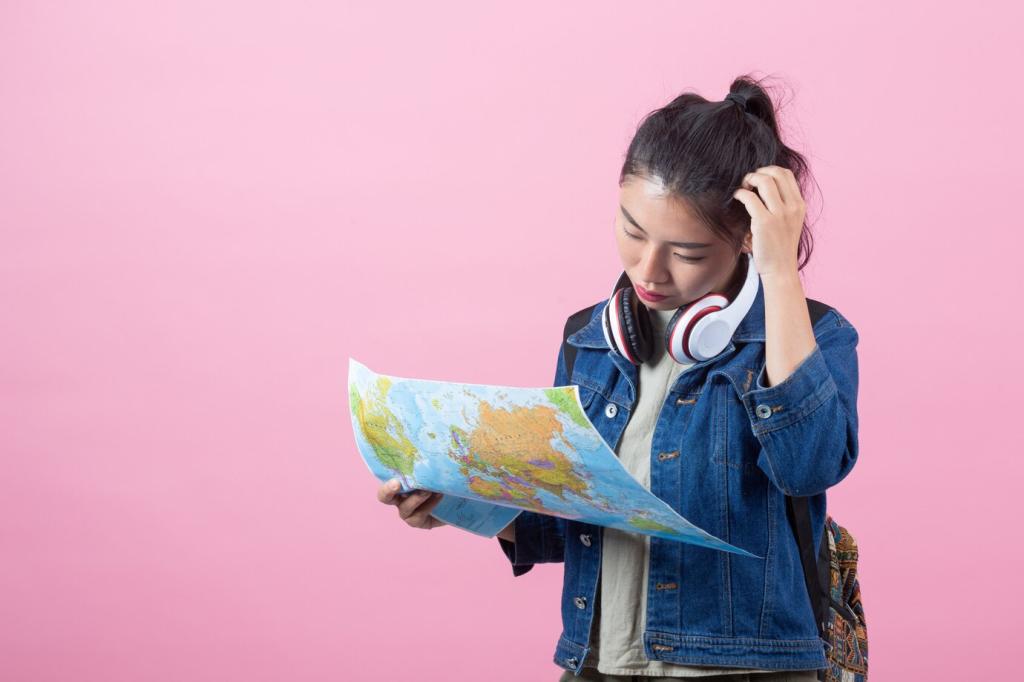
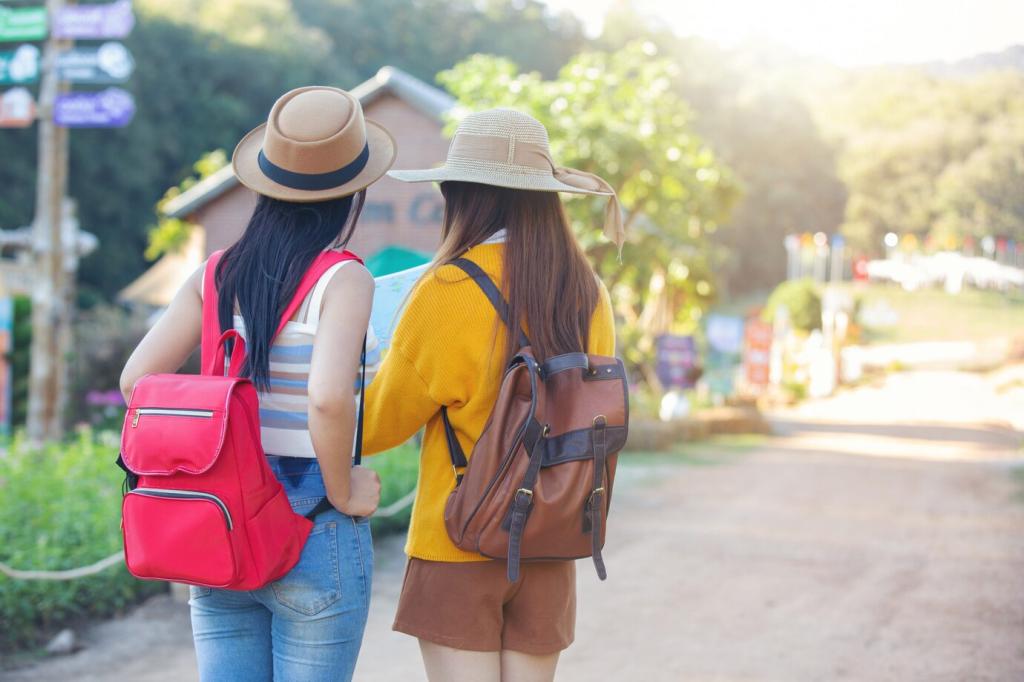
Design a Learning-Centered Itinerary
Plan three hours for an anchor site, two hours for a neighborhood project, and one hour for reflection. This simple cadence prevents overload, sustains curiosity, and ensures insights are captured while they are fresh.
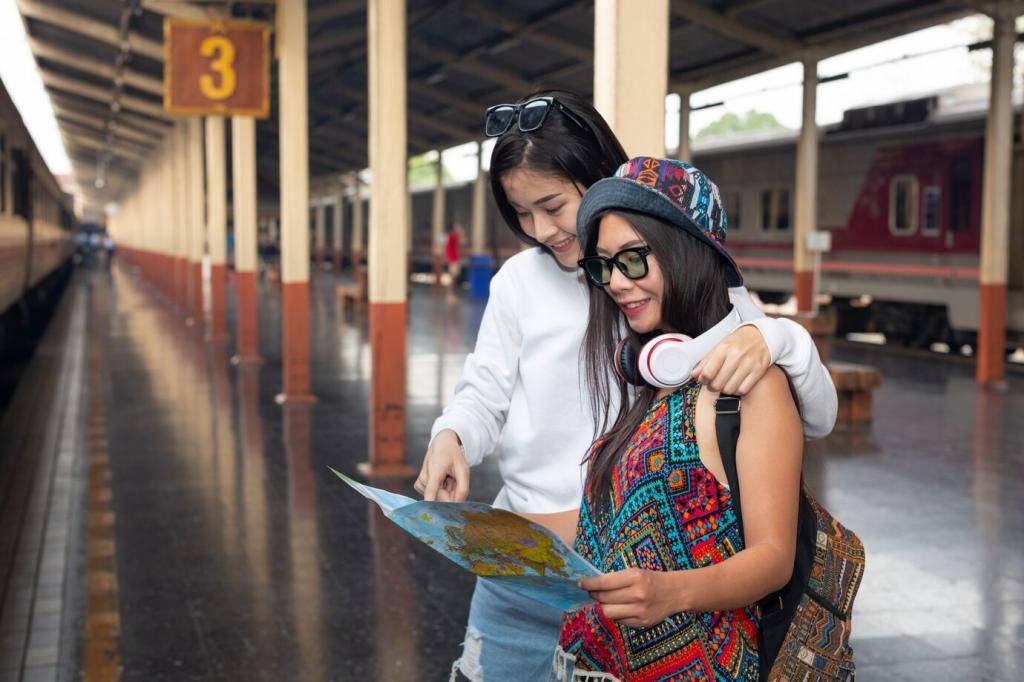
Prepare Like a Scholar: Research and Packing
Assign yourself a primer: articles, podcasts, and one film offering context and vocabulary. Draft a ‘question bank’ for sites you will visit. Arriving with frameworks makes observations sharper and interviews more insightful.
Prepare Like a Scholar: Research and Packing
Pack a pocket notebook, mechanical pencil, highlighters, small watercolor set, phone battery, universal adapter, zip bags, and tape. Add sticky notes for exhibits and a microfiber cloth for photo clarity in museums and libraries.

On-the-Ground Learning Tactics That Stick
Field Notes You Will Actually Revisit
Use the Cornell method with a daily three-minute synthesis. Tag entries by theme and location, then snap quick photo references. Regularly star insights to build a digest you can share or present later.
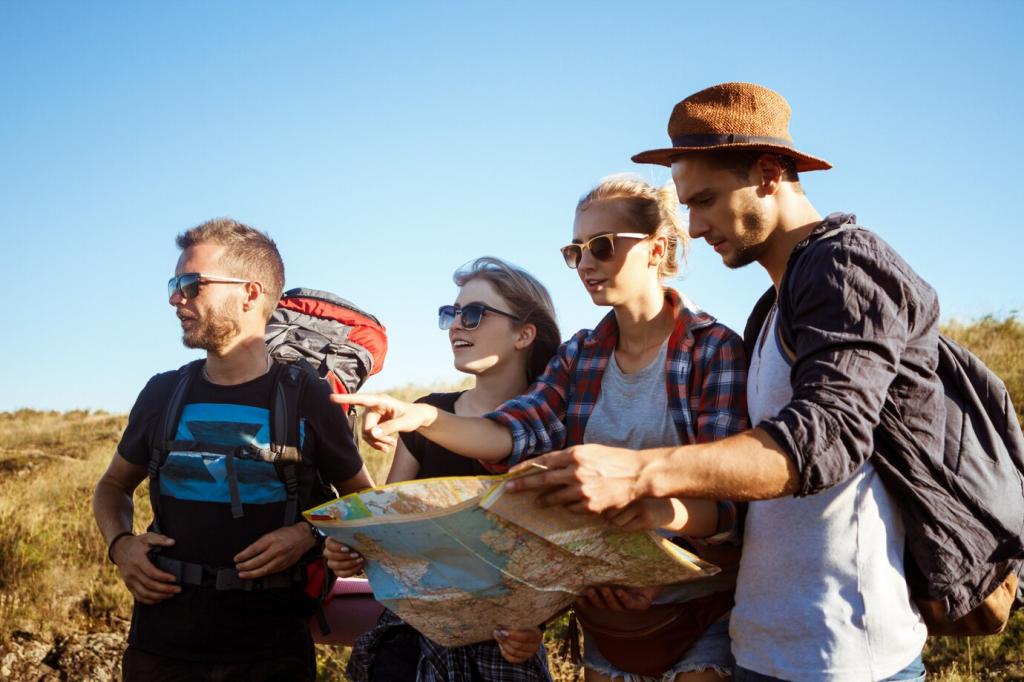
Reflect, Assess, and Share Your Learning
Build a digital portfolio with maps, interviews, sketches, and analyses. Host a mini poster session for friends or colleagues. Turning experiences into artifacts cements memory and invites meaningful dialogue.
